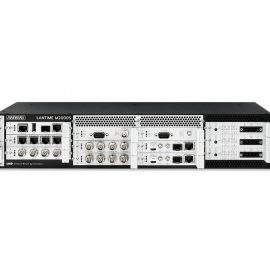Features
- Generation of IRIG-B or AFNOR time codes
- 2 time-trigger-inputs
- 2 TTL inputs for status information
- PCI LOCAL BUS interface, 3.3V or 5V, 33MHz or 66MHz,
- PCI-X compatible
- Plug and play
- Pulses per second and per minute
- Periodic interrupts
- RS232 interface
- Status LEDs
- Reception of time code formats IRIG A/B or AFNOR
- Configurabel time zone
- Driver software for all popular operating systems






Leave a Reply